2016
Livelihoods in the Kalahari
In July 2016, I lived and worked in the northern Kalahari Desert alongside a San community exploring housing alternatives that would be financially accessible, durable, and sustainable to manufacture in the desert.
In recent years because of climate change, the Kalahari has experienced unusual flooding and many of the existing homes don’t provide durable shelter to keep people safe during this kind of natural disaster.
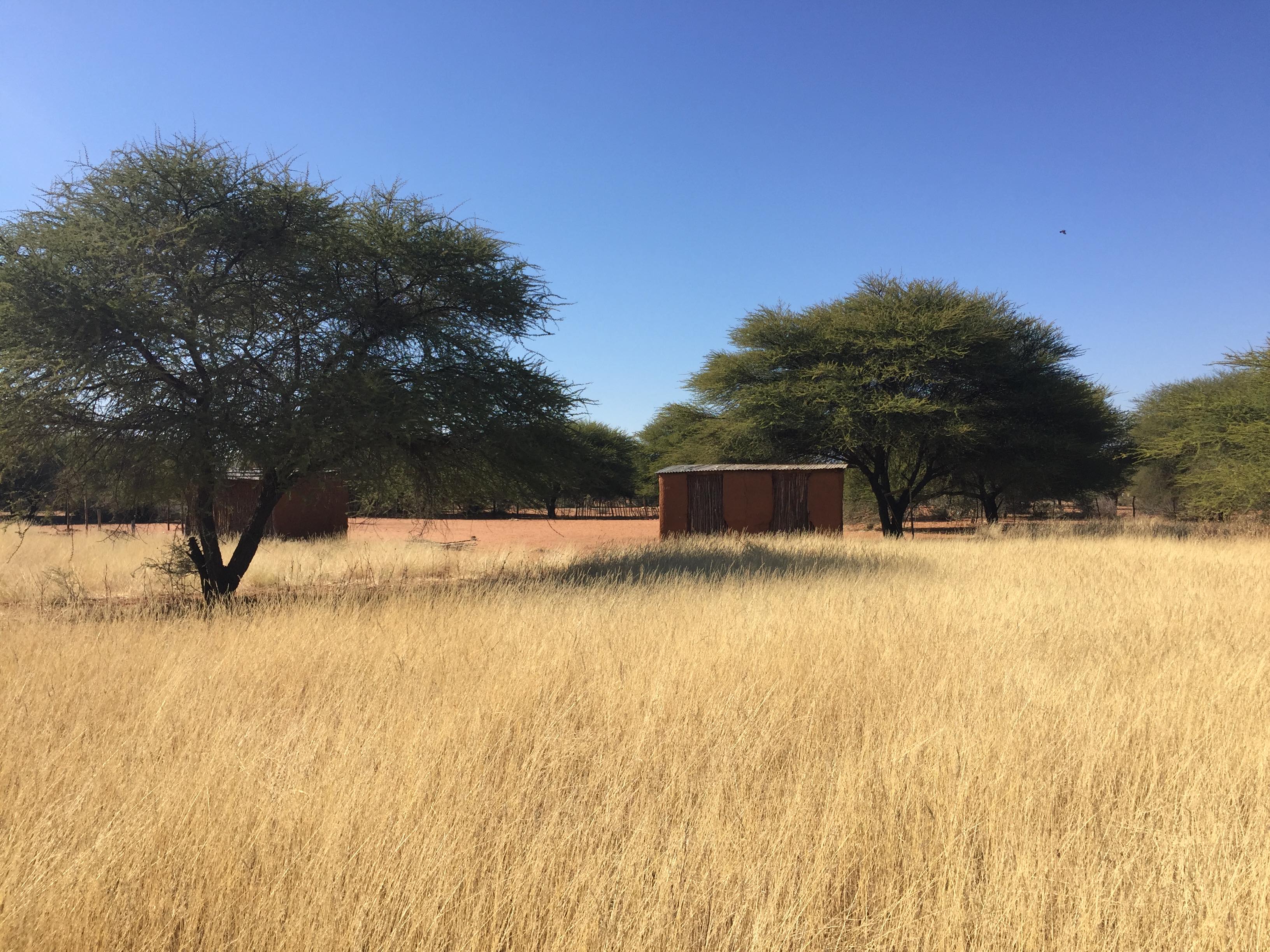
The Process
Before we began on project work, we spent several days learning about various technologies and materials the San had been using and innovating with for thousands of years — making beads from ostrich eggs, making rope from local plant fibers, and using this rope to make animal traps.
This helped us understand the kinds of capacities and materials the San had access to within their own communities and challenged the ‘expert from the outside’ power structures that are common in international development work.
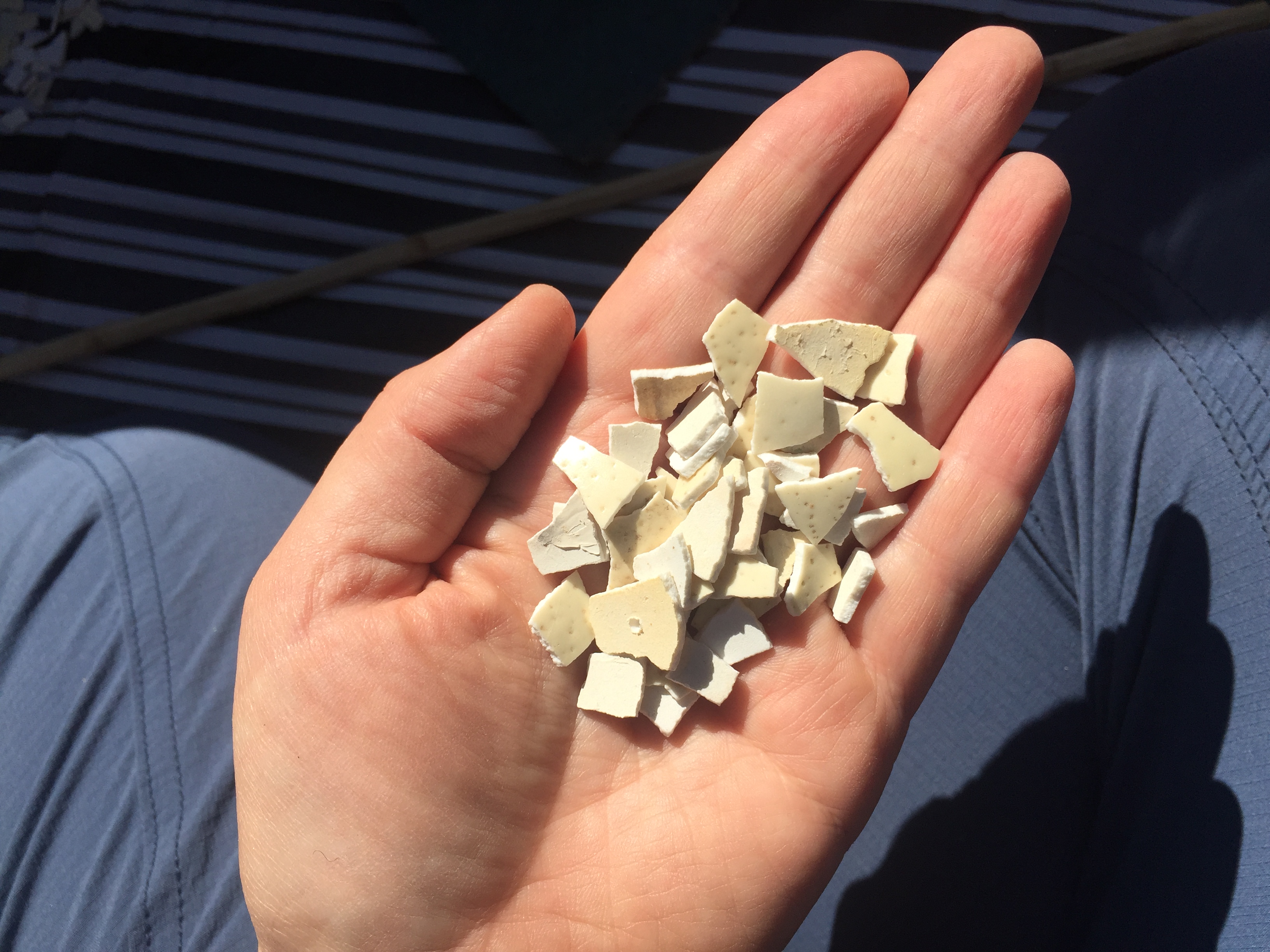
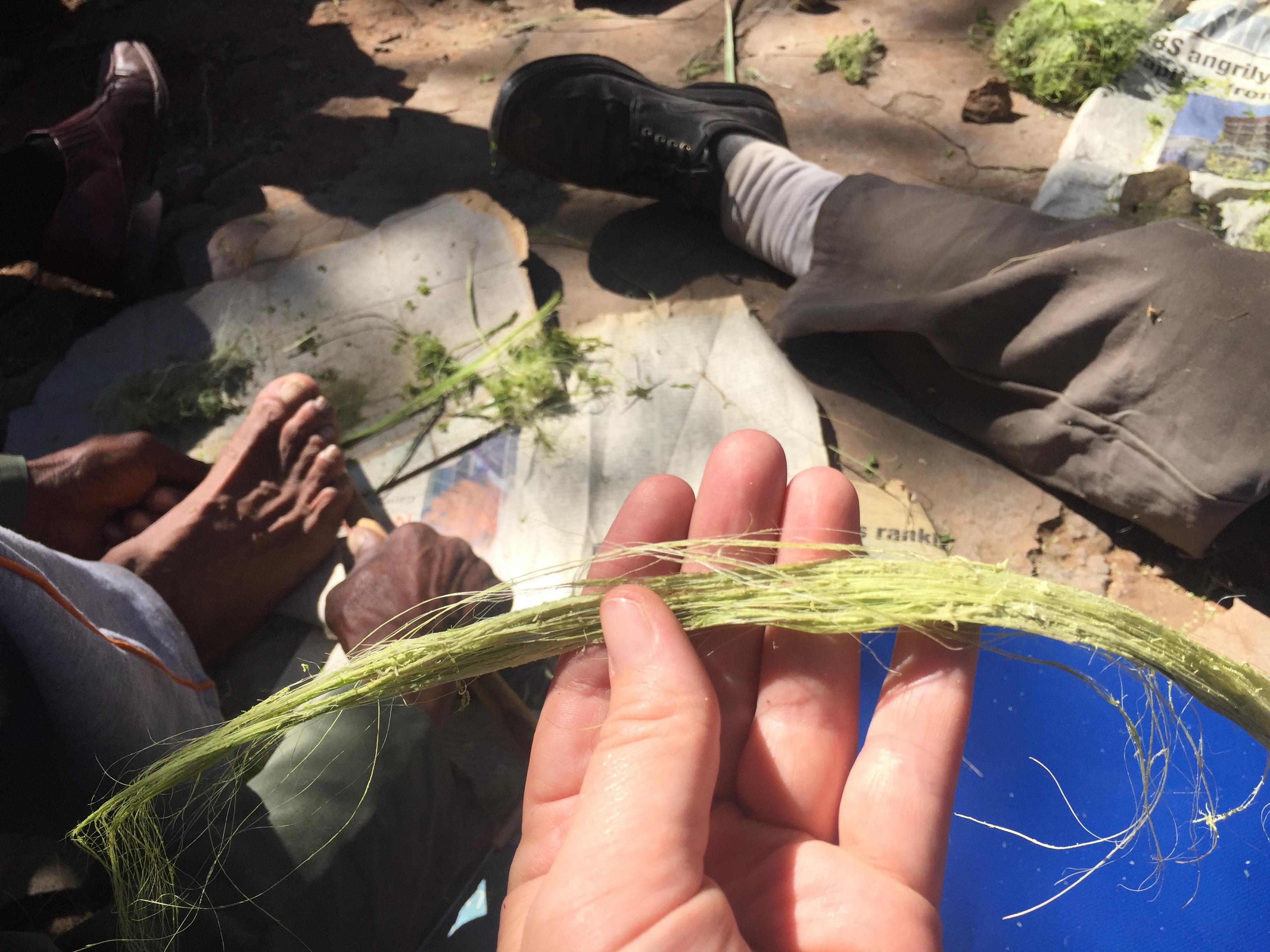
After learning local greetings as well as best practices for respectfully engaging with community members, we spent a few days walking around the village, meeting people, listening to their stories, and building up a better understanding of what might and might not be appropriate housing technology for a desert.
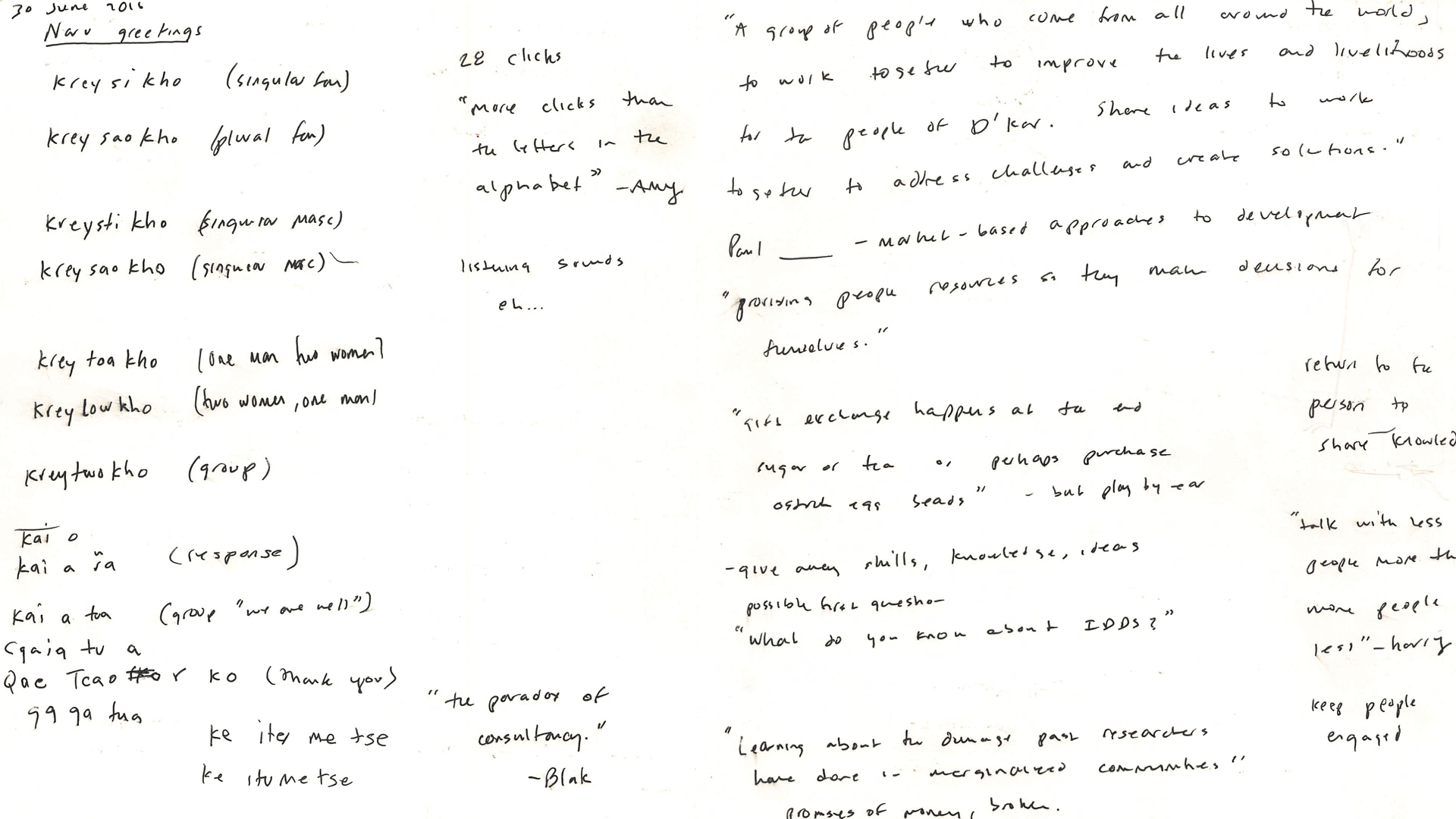
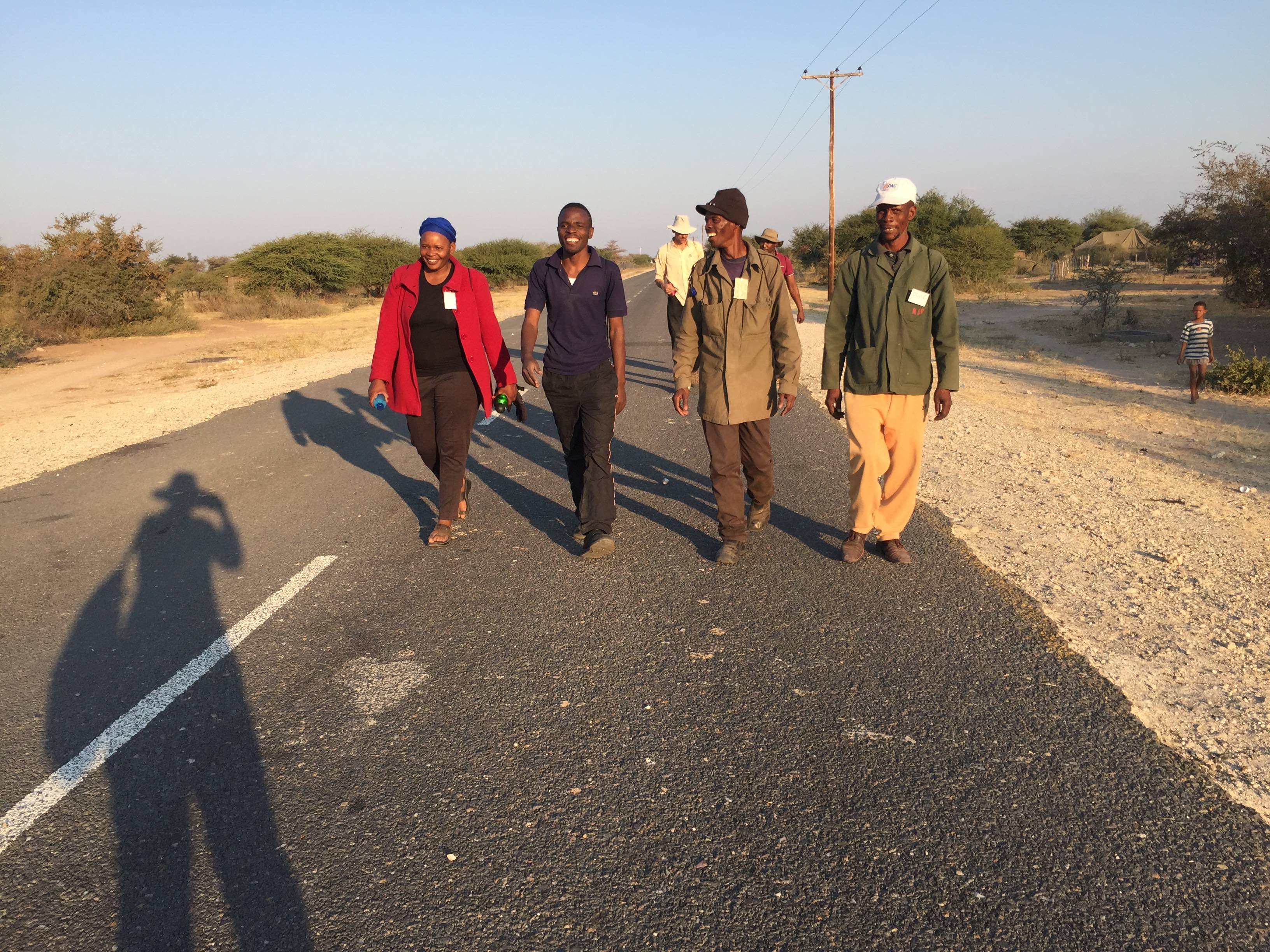
Through direct contact and participation, we learned more about what made their current housing desirable — the houses were made from materials sourced locally, they kept you cool during the day and insulated you at night. They were easy to build, personalize, and maintain in that you could add to or replace the exterior as needed without having to tear down and start over. Many of the houses we visited had been there for dozen years.
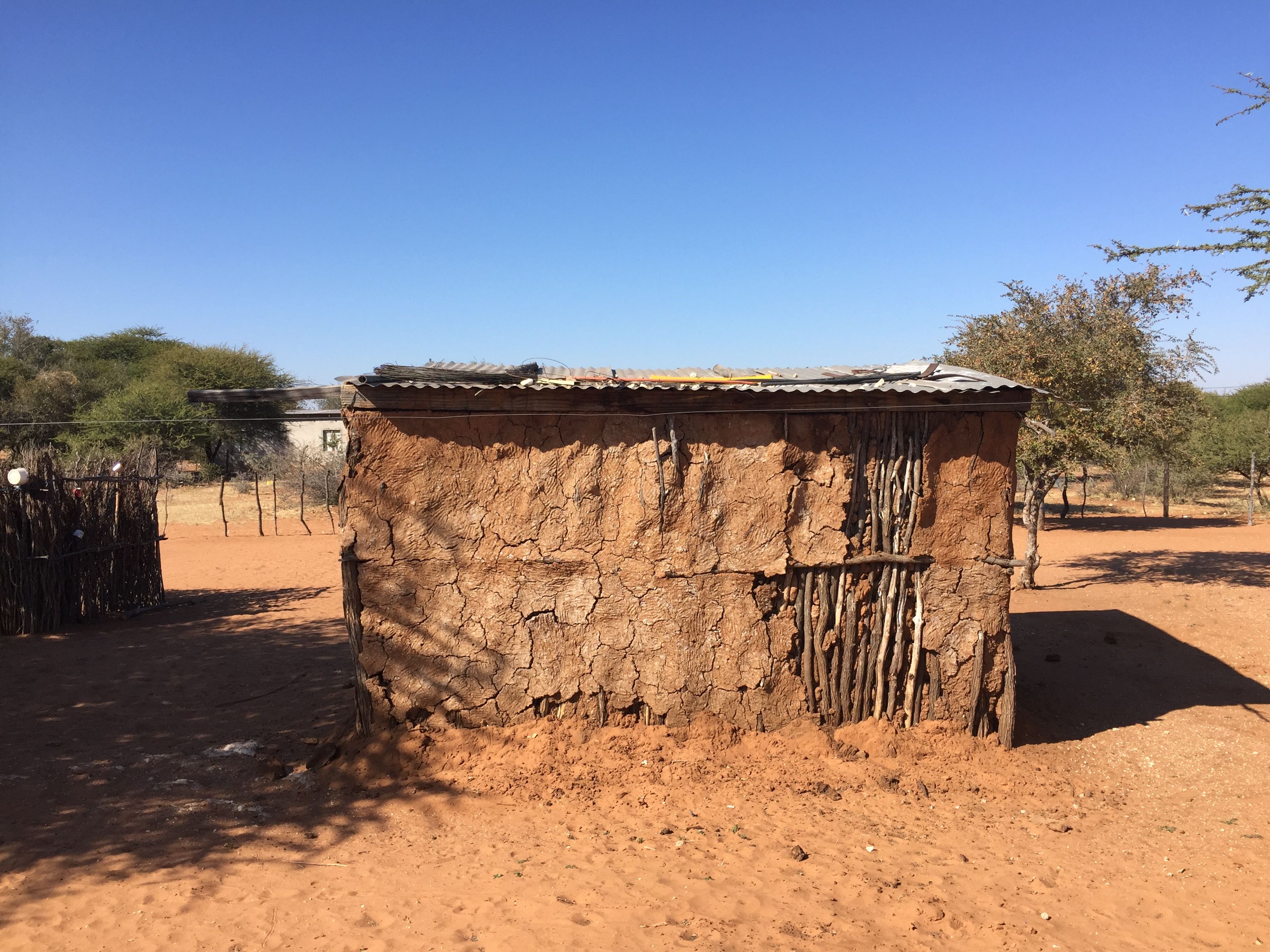
We studied locally available materials and visited the places where they were gathered, where bricks were being locally manufactured, and talked to the families that had been affected by the floods.

We also encountered and were given a tour of one of the structures known in the community as a 'devil's house' — structures that stood as a haunting reminder of the failure of certain kinds of global development projects.
A family with one of these structures on their land let us experience first hand the kiln that this house becomes in the middle of the day, and told us about the chilling cold that comes inside at night.
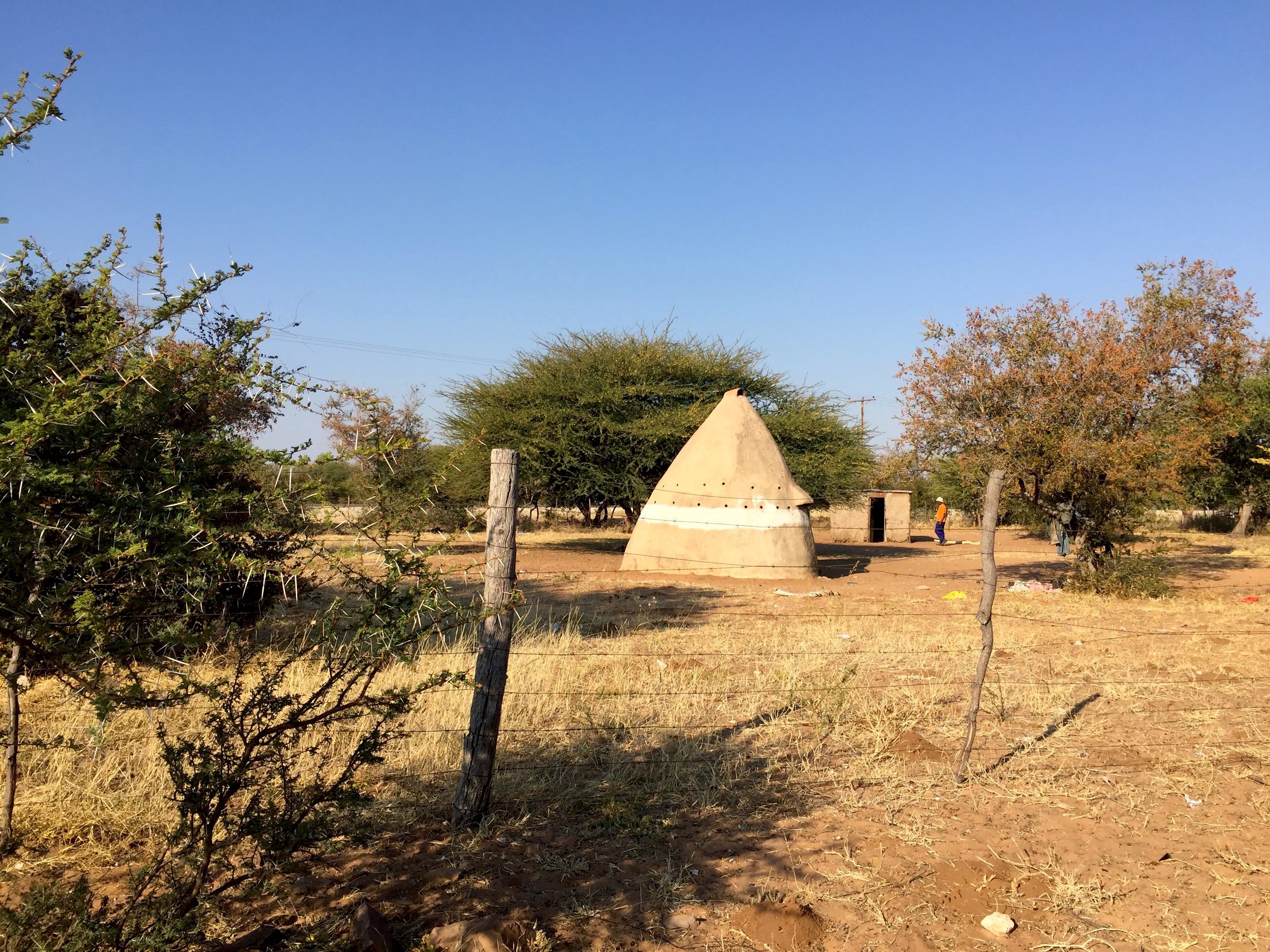
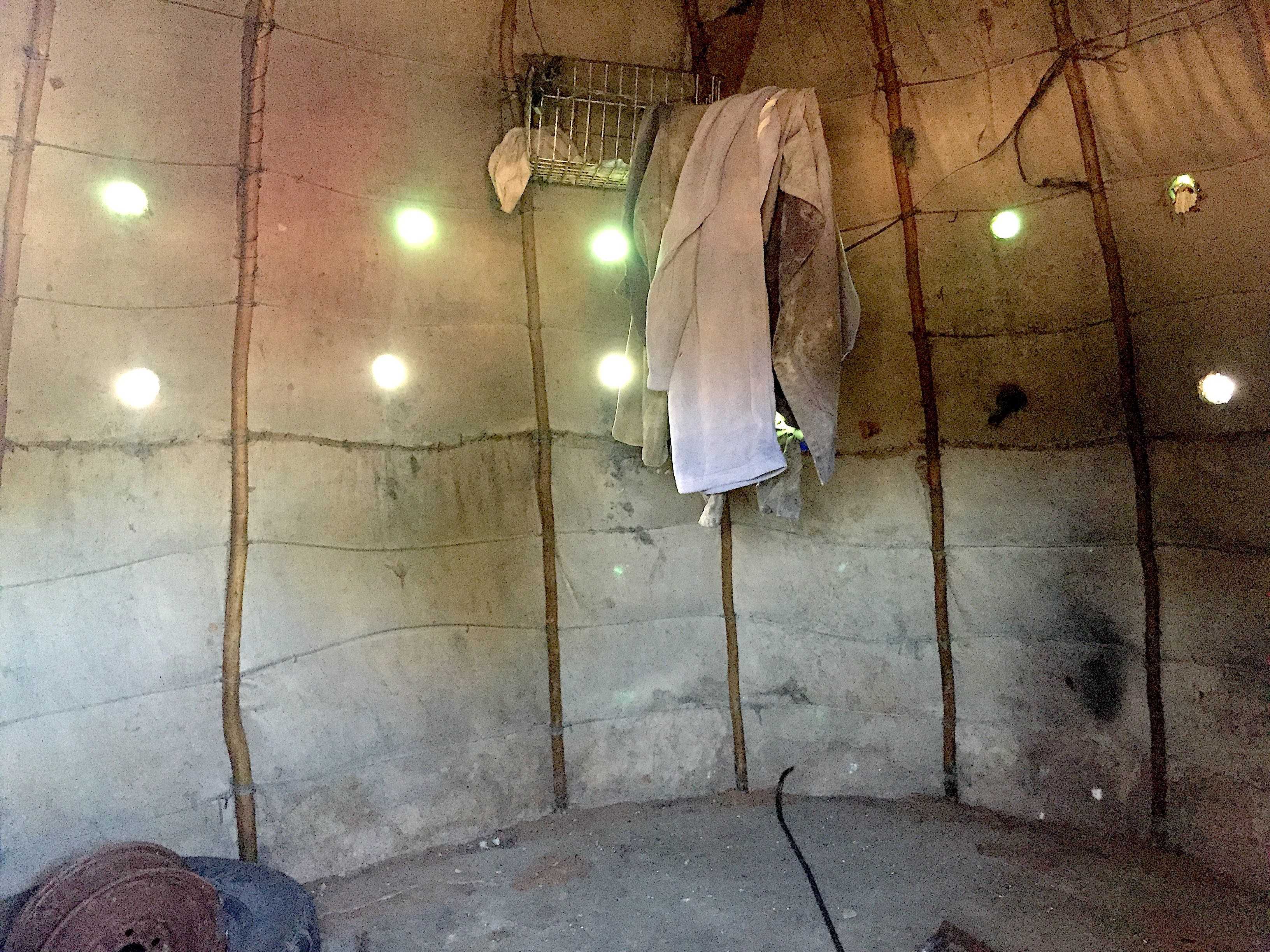
Some of the things we learned during those first few days, along with how these findings created some design considerations and constraints:
- Women built the majority of the houses in the community — if the technologies were to be community-centered, they needed to be designed with women as the primary builder in mind.
- There’s a high cost to bringing materials to a site. Hiring a truck to deliver bricks was typically too costly for the majority of the families in the village and so we needed to consider scenarios where bricks could be manufactured on site.
- We learned how much water was involved in making bricks (a lot). Water was a scarce resource in the Kalahari and often not available on site.

The Outcome
Over the course of a month we made two brick press prototypes — a wooden mold and a steel brick press — and held two community reviews where we gathered feedback on the desirability, usefulness, and usability of these prototypes.
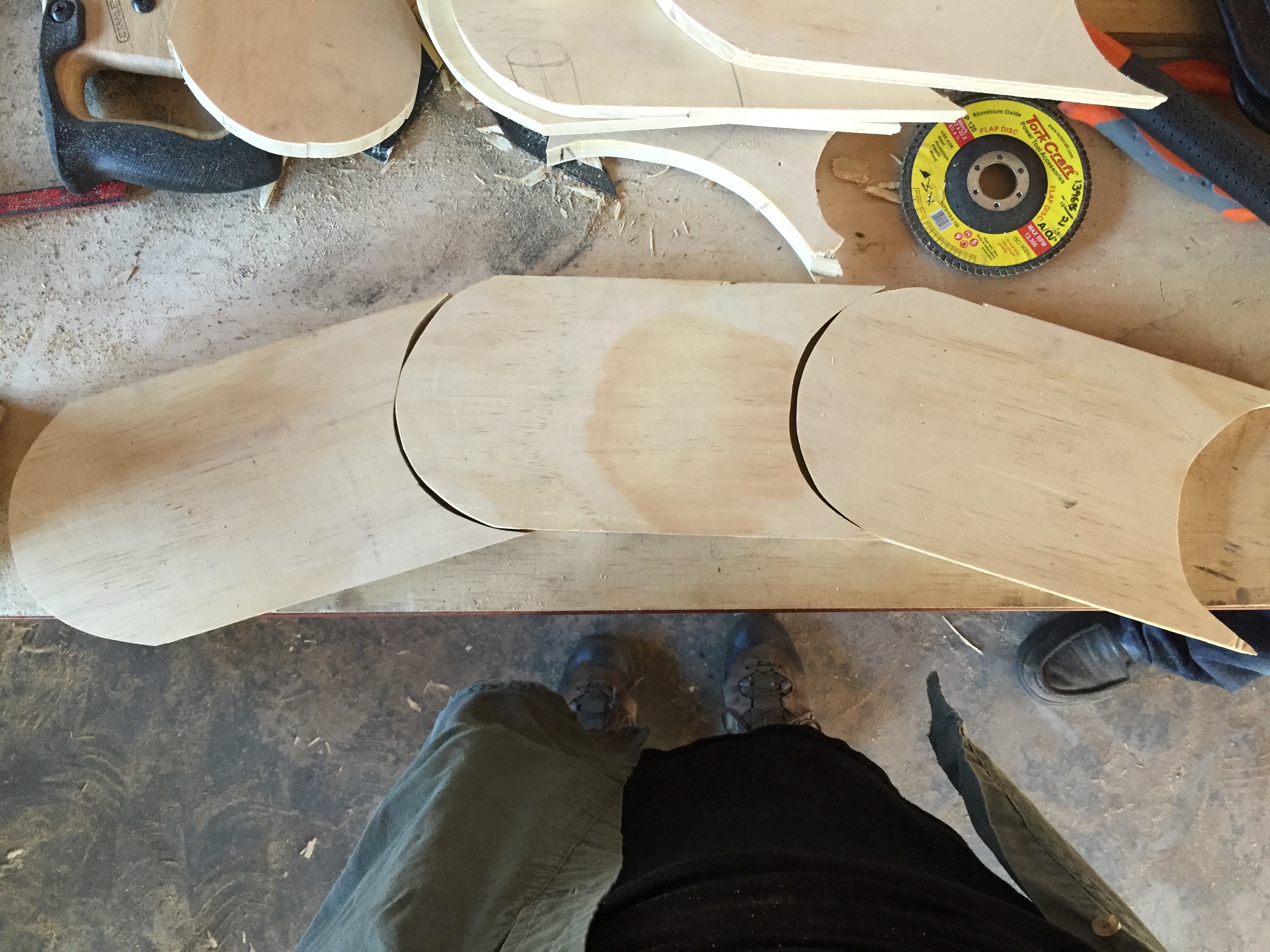
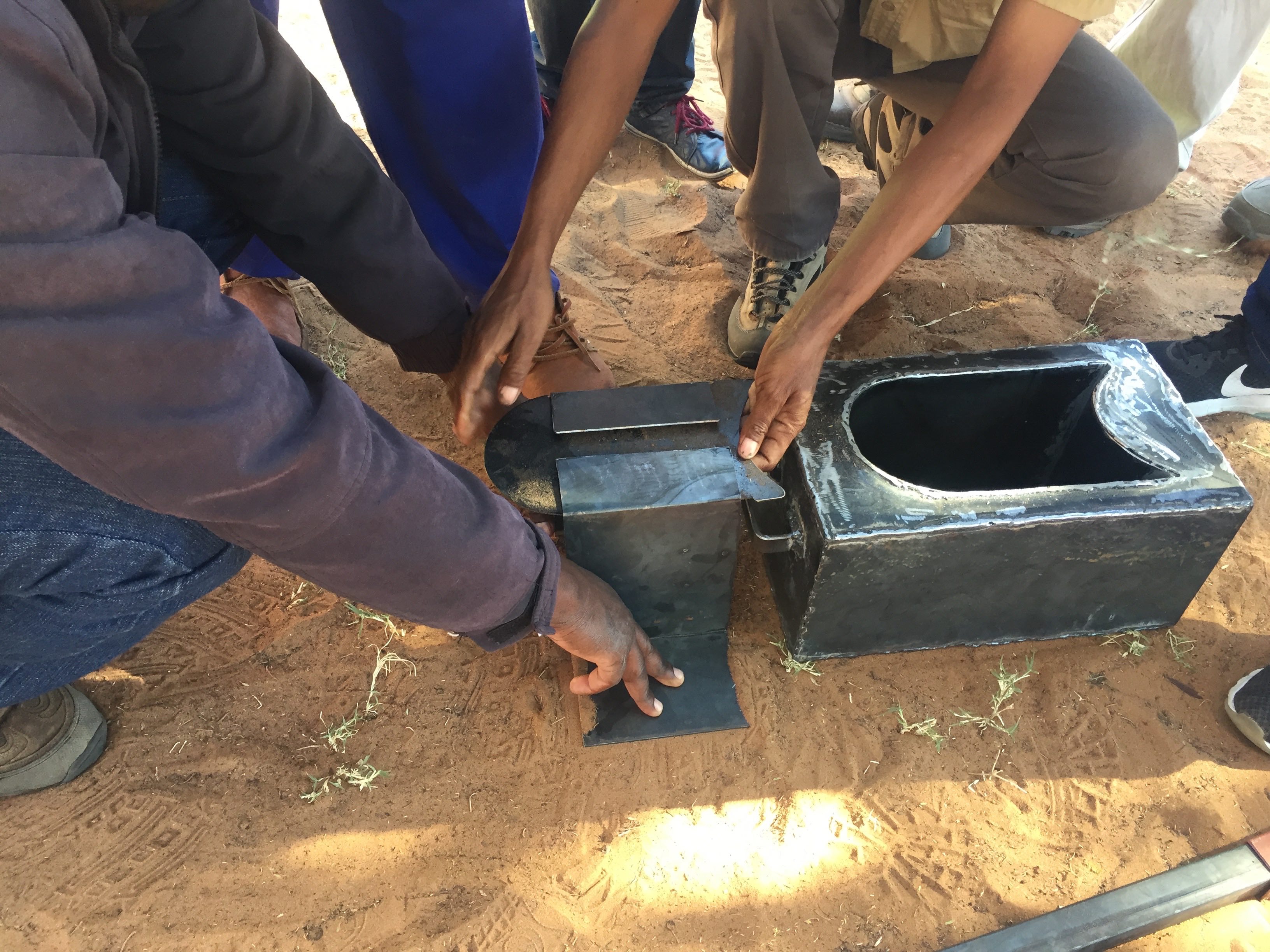
The local team members decided they wanted to project to remain situated within the community and have continued to evolve the prototype at the local D’kar innovation center.
This project was as a partnership between the San community in D’Kar, These Hands, a grassroots development organization based in Botswana, and IDDS which formed out of MIT’s D-Lab in 2007. The D-Lab is a maker space and innovation hub that seeks to develop co-creative approaches to make positive impact in the lives of people living in poverty.